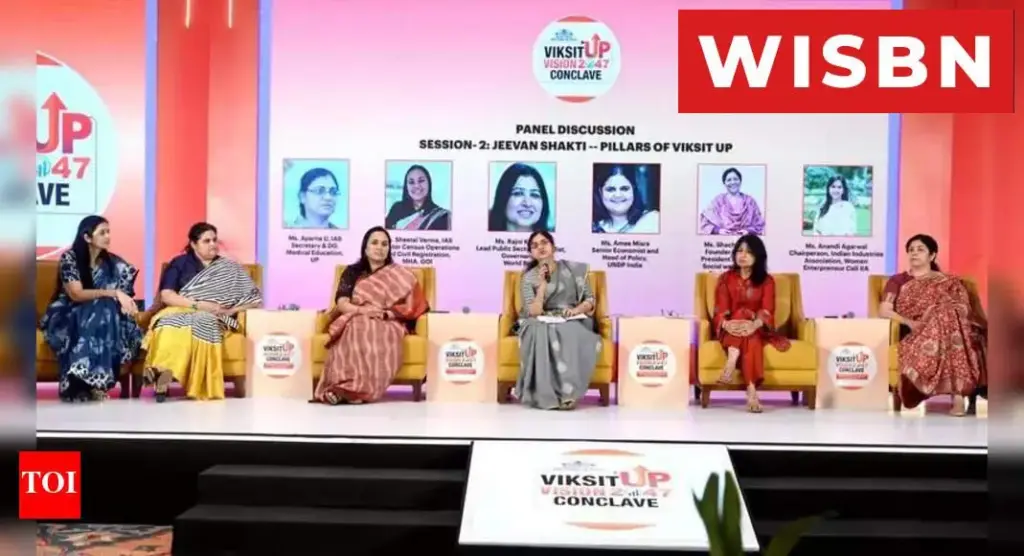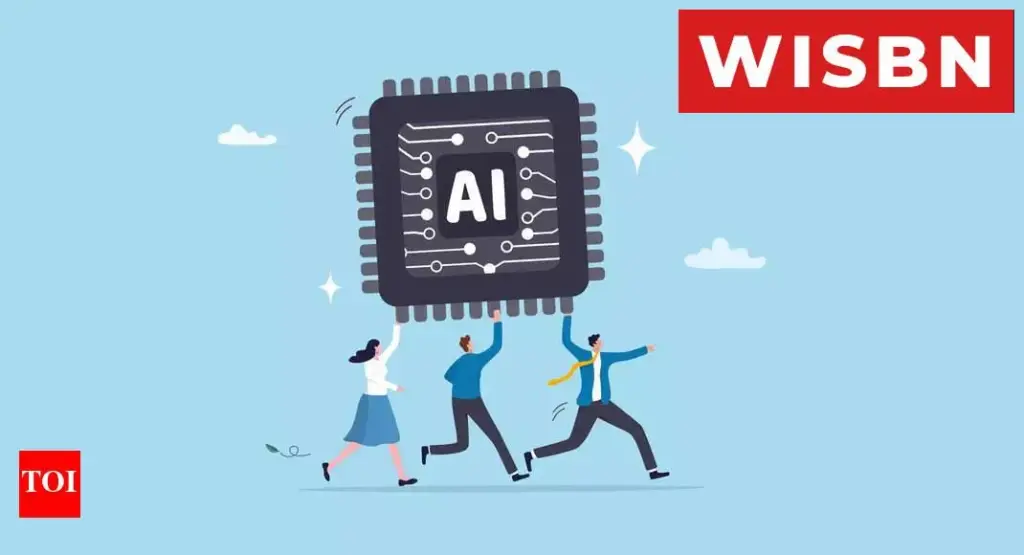Simpler technology, data democratisation, capacity strengthening at all tiers of governance, and increased participation of women in the workforce are the principal areas that will propel UP into an ‘aarogya’ (healthy), inclusive, and socially advanced state.
These routes were emphasised in a panel discussion on ‘Jeevan Shakti – Pillars of Viksit UP’.
Saying that the journey to Viksit UP is on track, and that UP has invested heavily in public health infrastructure over the past five years, secretary and director general, medical education, Aparna U said, “Before 2017, there were only 42 hospitals, both government and private. Today, that number has risen to 80. Digital health has taken centre stage. The One District–One Medical College scheme is ensuring medical colleges in every district. We now need to consider more focused, customised public health service delivery to make it affordable and accessible and thus reduce expenditure.”
“We need a more age- and cohort-appropriate approach to health. We still have 50% of women who are anaemic. Mental health is an urgent challenge. As we look toward Viksit Bharat goals, we must work on lowering the population’s disease burden,” she said.
Director, census operations and civil registration, Union ministry of home affairs, GoI, Sheetal Verma said, “We must adopt COUMT, that is, ‘Collect once, use many times’. By 2027, we will have a new headcount. More important is the headcount for the marginalised.”
“UP has the largest SC/ST populations, 3 and 2 crore respectively, but what about nomadic tribes and migrants who need legal identity? UP also has one of the highest numbers of persons with disabilities, around 3 crore as per the 2011 Census. Yet we mainly discuss physical disability and not intellectual disability, which is more widespread,” Verma added.
Stressing capacity building at all levels of governance, lead public sector specialist, governance, World Bank, Rajni Khanna said, “UP’s contribution to India’s growth trajectory is undisputed. UP is a country in itself, comparable in size to Nigeria, Brazil or Pakistan. It’s important that every individual contributes to the state’s growth.”
Underlining the remarkable progress UP has made on poverty reduction, particularly in the context of multi-dimensional poverty that goes beyond income to examine living standards, access to education and health, senior economist and head of policy, UNDP India, Amee Misra said, “NHFS data says between 2019-21 and 2023-24, 13.5 crore people exited poverty in India; of those, 3.5 crore are from UP, making it nearly 25% compared with UP’s roughly 15–17% share of India’s population. But these poverty reductions should occur across the board, both regionally and among social groups. We need to combine robust data with technology and digital tools; then UP can achieve highly effective, sustained and targeted poverty reduction.”
Founder of Ehsaas, social worker and sociopreneur, Sachi Singh examined three pillars — people over profit, profit over people, and people and profit — of business. Emphasising universal human values, Sachi said, “We need to redefine success. Is it merely the accumulation of physical wealth or is it inclusiveness? We must bridge the gap between perception and reality. When that is done, development will be sustained. We need to look beyond self and create a shared universal human goal of mutual happiness and prosperity.”
Chairperson, Indian Industries Association, Anandi Agarwal said, “Since 50% of the population is women, we cannot afford to leave them behind in the nation’s development journey. We need a holistic approach for womenpreneurs so that they can contribute more. We are strengthening women at the grassroots, but they need the right funding at the right time.”


